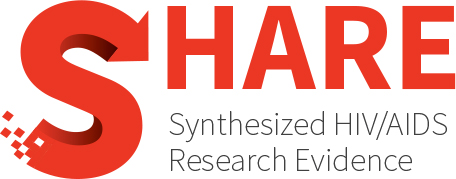Acceptability of self-sampling and self-testing for infections: A rapid systematic review on public users’ views
Abstract
Background
Self-sampling and self-testing have been increasingly used for sexually transmitted infections (STIs) and quickly became widespread during the COVID-19 pandemic. User acceptability, preferences, and experiences are important factors affecting self-sampling/self-testing uptake. Understanding these factors is key to managing infections and planning responses to health emergencies. This review aimed to identify user views and experiences related to the acceptability, usability, motivations and preferences for self-sampling/self-testing for infections.
Methods
We conducted a rapid systematic review. We searched Medline, EMBASE, PsycINFO, CINAHL, and Web of Science, limiting records to those published in English between 2014 and 2023. We also searched manually for additional peer-reviewed and grey literature. We included reports of public users’ views on self-sampling/self-testing for any symptomatic and asymptomatic infections (except human papillomavirus) with qualitative, mixed-methods or survey data relevant to the review aim. Data were extracted into tables and qualitative findings were coded in NVivo. We synthesised data narratively.
Results
We identified 194 eligible reports, including 64 from Europe (which we prioritised for detailed synthesis) and 130 from outside of Europe. In Europe, the studied infections were respiratory (n = 42, including 37 for COVID-19), STIs/HIV/genital infections (n = 20), and hepatitis C (n = 2). Findings indicate that users found self-sampling/self-testing acceptable across infection/sampling types, populations, settings, and countries. Users wanted self-sampling/self-testing to help determine infection status and protect others. The main benefits were privacy and convenience, helping reduce the potential stigma of STIs/HIV/genital infections, and (for COVID-19) informing behaviour (e.g., socialising, self-isolating) and contributing to research. Easier to perform and less invasive sampling approaches were more acceptable. However, some participants reported challenges to self-sampling/self-testing, such as not understanding instructions, pain/discomfort in collecting samples, and lack of confidence in interpreting results.
Conclusions
This review synthesised evidence on the acceptability of SS/ST and factors affecting it across different infections, sampling approaches, settings, and populations. Evidence shows that most people with experience of self-sampling/self-testing found it acceptable and were willing to accept some discomfort in favour of several perceived benefits. This amenability to self-sampling/self-testing could be leveraged for diagnosing infections and preventing transmission. It can be used to support the viability of new models of clinical care and pandemic preparedness.
Authors
Borek AJ, Roleston C, Lazzarino R, Cooray M, Hayward G, Roberts N, Blandford E, Fowler T, Tonkin-Crine S
Year
2025
Topics
- Epidemiology and Determinants of Health
- Determinants of Health
- Determinants of Health
- Health services
- Stigma/discrimination
- Population(s)
- General HIV- population
- Testing
- Testing
- Co-infections
- Hepatitis B, C
- Chlamydia
- Gonorrhea
- Syphilis
- Other
- Health Systems
- Governance arrangements
- Delivery arrangements
